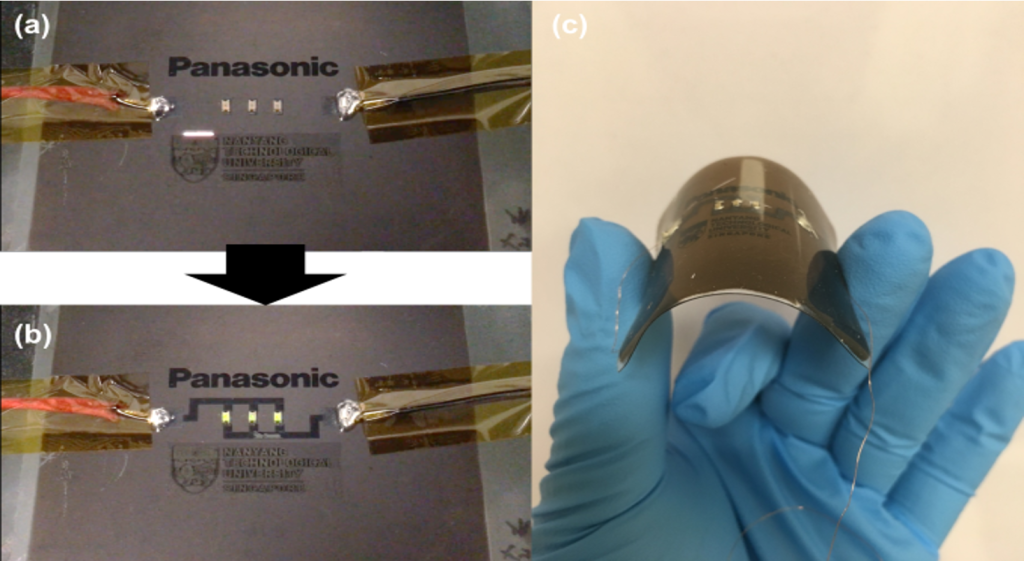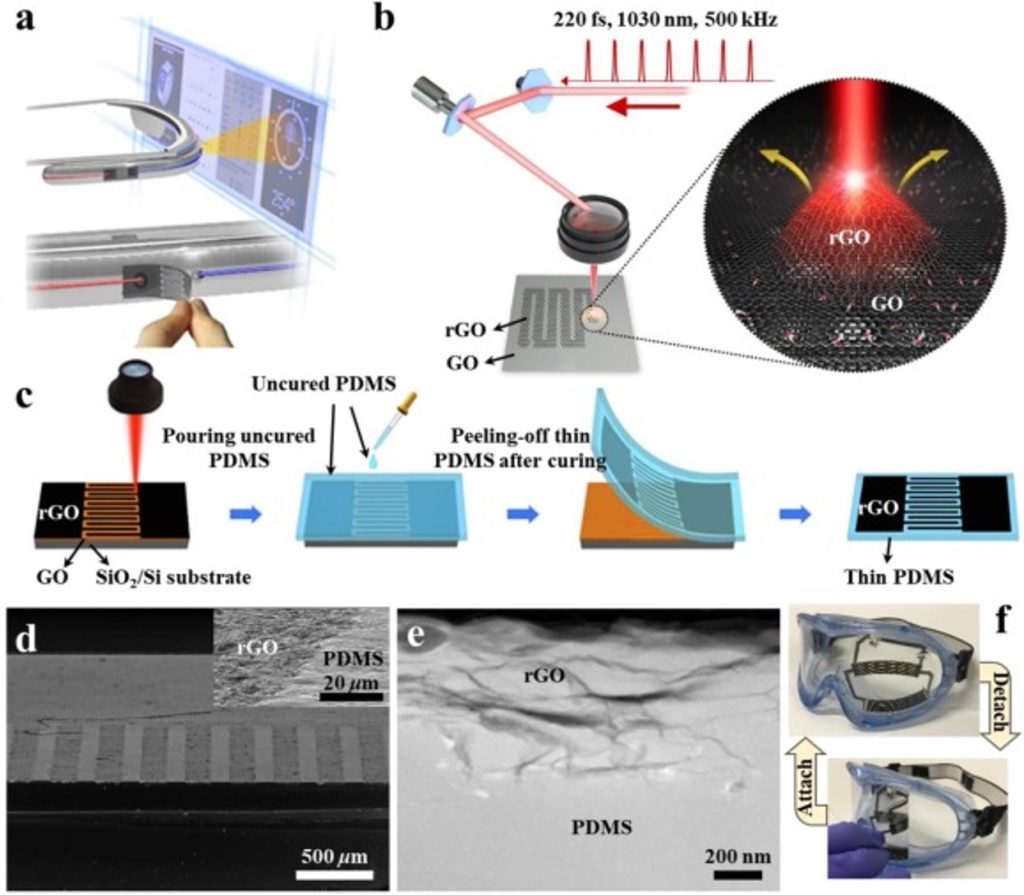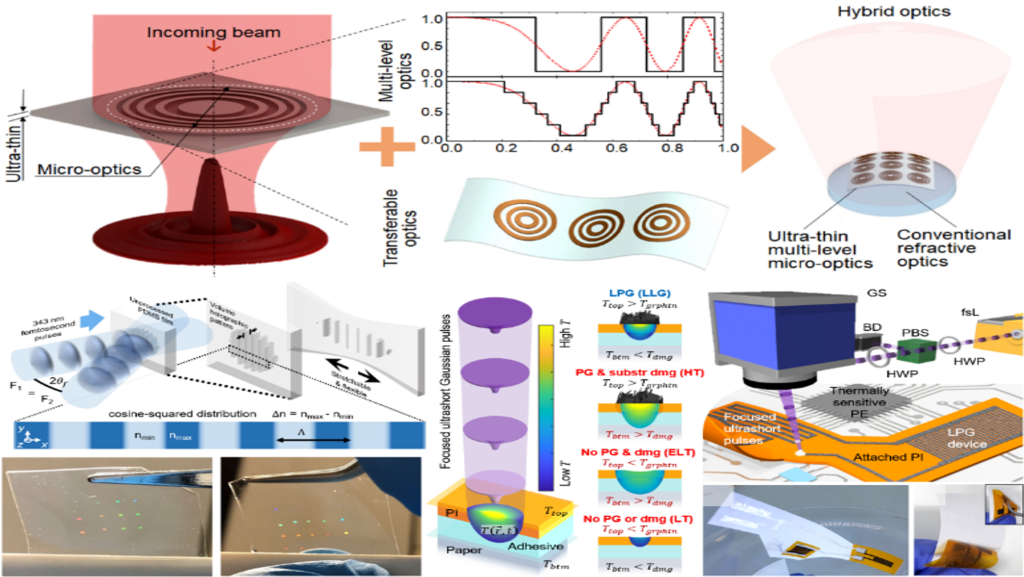Development of Multimaterial 3D Printing Platform
Key Information
AM Tech
Array Industry
Array Potential Applications
Micro optics, hybrid optics, flexible electronics and paper electronics
Collaborators
SC3DP (NTU) X PFSAP X KAIST Problem Statement
High-resolution, multimaterial 3D printing platforms are necessary for the fabrication of next-generation micro-optical components and flexible electronics. Research on the fabrication and characterisation of hybrid optical systems is essential for the creation of novel systems combining the advantages of refractive and diffractive optics. The development of flexible, stretchable and cost-effective sensors is necessary for the future flexible electronics industry.
Objective
- Develop a multimaterial 3D printing platform capable of fabricating micro-optical and flexible electronic components.
- Investigations on hybrid optical elements and their fabrication using the developed multimaterial 3D printing platform.
- Development of flexible electronic components such as temperature and humidity sensors and micro-supercapacitors.
Key Benefits/Outcomes
- A high-resolution (<20 um), multimaterial 3D printing platform has been designed and developed.
- Demonstrated the realisation of micro-optics, flexible optics and hybrid optics using the developed platform.
- Demonstrated the fabrication of flexible and stretchable micro-supercapacitors with high energy density.
- Successfully fabricated stretchable volume phase gratings for beam steering applications.
- Demonstrated porous graphene paper electronics sensors for various applications.
- Demonstrated a facile method to modify and repair printed circuit boards.
- Generated 9 international journal publications, 3 PhD graduates (IPP), multiple conference presentations and one patent application.



